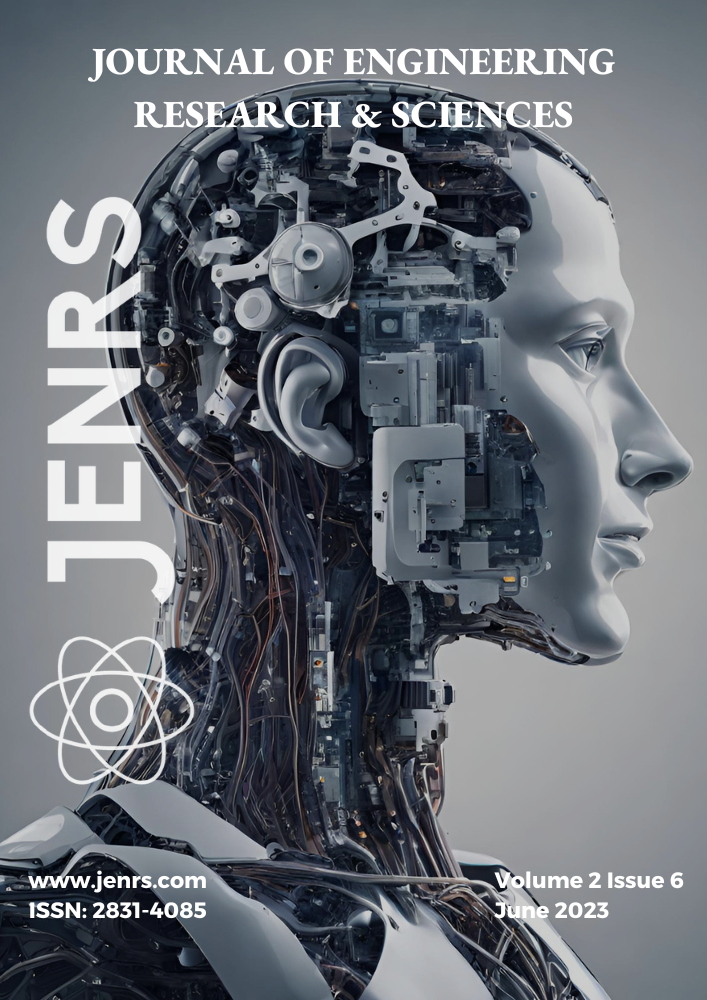
Volume 2, Issue 6
Download Complete Issue
This issue presents a research paper about predicting when machine parts called bearings will wear out. The study uses a special computer method called Neural Network Regression (NNR) and tests it using Microsoft’s Azure cloud service. The researchers found that NNR works better than other methods for figuring out how long bearings will last. This is important because it can help factories keep their machines running smoothly without unexpected breakdowns. The study used real data from NASA and showed that this method is easy to use, even without complex programming skills.
Front Cover
Publication Month: June 2023, Page(s): i – i
Editorial Board
Publication Month: June 2023, Page(s): ii – ii
Editorial
Publication Month: June 2023, Page(s): iii – iii
Table of Contents
Publication Month: June 2023, Page(s): iv – iv
NNR Artificial Intelligence Model in Azure for Bearing Prediction and Analysis
Henry Ogbemudia Omoregbee, Mabel Usunobun Olanipekun, Bright Aghogho Edward
J. Engg. Res. & Sci. 2(6), 1-9 (2023);
Neural Network regression (NNR) is considered more effective as compared to multiple neural networks model readily available in Azure to evaluate the Remaining Useful Life (RUL) of bearing in this work because it performs better than other models when used and was demonstrated as a non-programing technique for analyzing enormous data without the use of Hive, Hadoop, Pig, etc. To complement the earlier paper, we further used statistical means in verifying our results. Using this non-parametric non-linear approach is intuitively appealing to forecast the Remaining Useful Life (RUL) of a bearing. Over the years the Azure cloud service platform has gained recognition as a major forecasting technique toolbox of forecasters, NNR model implementations have surged, hence its inclusion here on its’ use on the NASA FEMTO-ST Institute (Franche-Comté ÉlectroniqueMécaniqueThermique et Optique – Sciences et Technologies) bearing dataset. Azure is a machine learning platform from Microsoft that allows developers to write, test, and deploy algorithms and has been motivationally proven adequate and useful for predicting the RUL of bearings. As seen in so many recent articles, NNR Artificial Intelligence is a model among many others readily available for computing on the platform that has been successfully used for non-programming of the enormous dataset and applied for forecasting the RUL of Bearing. This has added value in the forecasting phase. The novelty in this work is related to the application of NNR where we were able to combine the Dickey-Fuller Test with NNR to ensure that the data needed to be used with NNR is fit for application to yield optimal prediction results and our previous result from the past paper was further established. A satisfactory judgmental result was obtained; making Azure’s work studio a reasonable place to predict without much programming expertise. We tested the findings from the National Aeronautics and Space Administration (NASA) database for the person that came first in the competition by comparing our Azure model observations with the NNR observations collected. Ultimately, we showed the finding is enhanced by the AZURE model.

